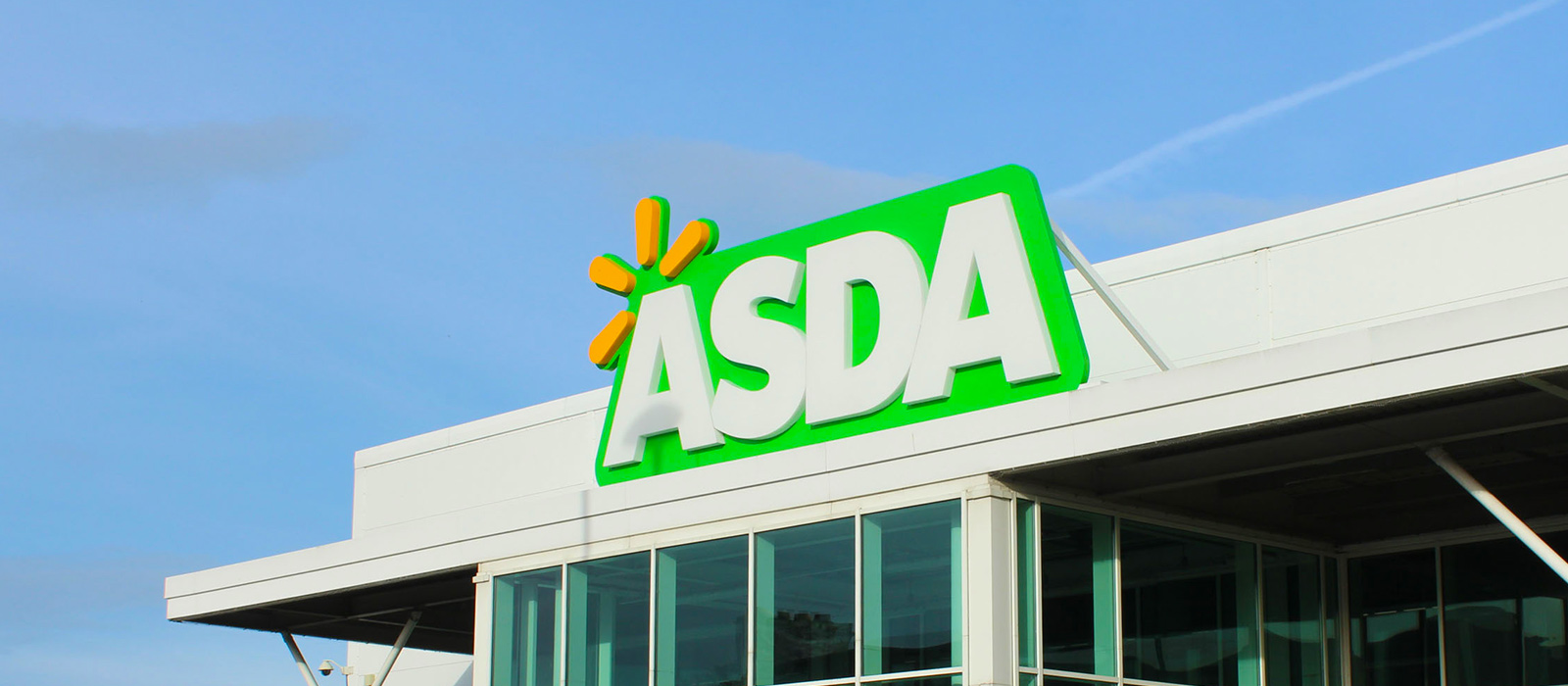This is part of short series of articles taken from the world’s first Management Report on Sponsorship written by Richard Busby of BDS Sponsorship and published by the Financial Times. These iconic case studies are on sponsorship programs that have taken place in the past but are still, we believe, very relevant to a wider understanding of the world of sponsorship today.
When it comes to establishing your sponsorship objectives, it is crucial to keep in mind that they must necessarily be deliverable, measurable, and perhaps most importantly, integrated into your overall corporate and marketing strategy. To help get you started on determining what your sponsorship objectives might look like, we’ve compiled a series of points to consider from the outset.
In terms of assigning deliverables, you might want to consider how sponsorships can empower your organisation to:
- Incentivise new and existing customers to purchase products or services
- Capture data and build a database of marketing contacts
- Develop stronger customer loyalty
- Enhance community relations
- Revitalise or reposition your brand and corporate image
- Engage valuable and niche audiences
Whilst you might not necessarily need to achieve all of these points with your sponsorship efforts, it’s helpful to know that they are available to you and can be easily combined depending on your broader business goals. In order to attach metrics to these deliverables, you might want to consider the following measurable activities that will allow you to evaluate the success of your sponsorship campaign accurately:
- Increase in sales
- New sales leads developed
- Retention of customers
- Staff recruitment
- Any positive trends relating to perceptions of brand/company
- Increase in overall trade distribution
It’s also crucial to consider the following issues when setting your sponsorship objectives:
- Product attributes – in particular, how things like the strengths and weaknesses of your image, target customer profiles, and potential lifestyle associations relate to the organisations or events you plan to sponsor.
- Benchmarking for evaluation – this is incredibly helpful when it comes to understanding how previous sponsorships have been effective for business in your sector.
- How necessary it is for you to balance image and relationship building with the need to drive short-term sales. By doing this, it will be possible to establish relevant sponsorship opportunities that support your broader business goals.
- Any key internal targets that might enable you to encourage greater buy-in and involvement amongst stakeholders. Specifically, you might want to explore how your existing targets stand a greater chance of being met by taking advantage of a sponsorship opportunity.
- Is corporate hospitality a high priority, or is it something that would be better suited to a separate arrangement? Whilst the hospitality advantages of sponsorships can be fairly significant, it’s important to keep in mind that it shouldn’t be the focus of your objectives if there are higher priorities such as sales and lead generation.
Ultimately, establishing a series of objectives and a means of measuring their success will ensure that your organisation is more likely to experience a positive ROI when taking advantage of sponsorship opportunities. With a proven record of helping organisations to create and implement sponsorship strategies, BDS is available to assist you in every step in your journey. To find out more, simply get in touch today or take a look at our case studies to discover how our work has helped a range of brands to achieve their business goals.
Last Updated on May 16, 2024





